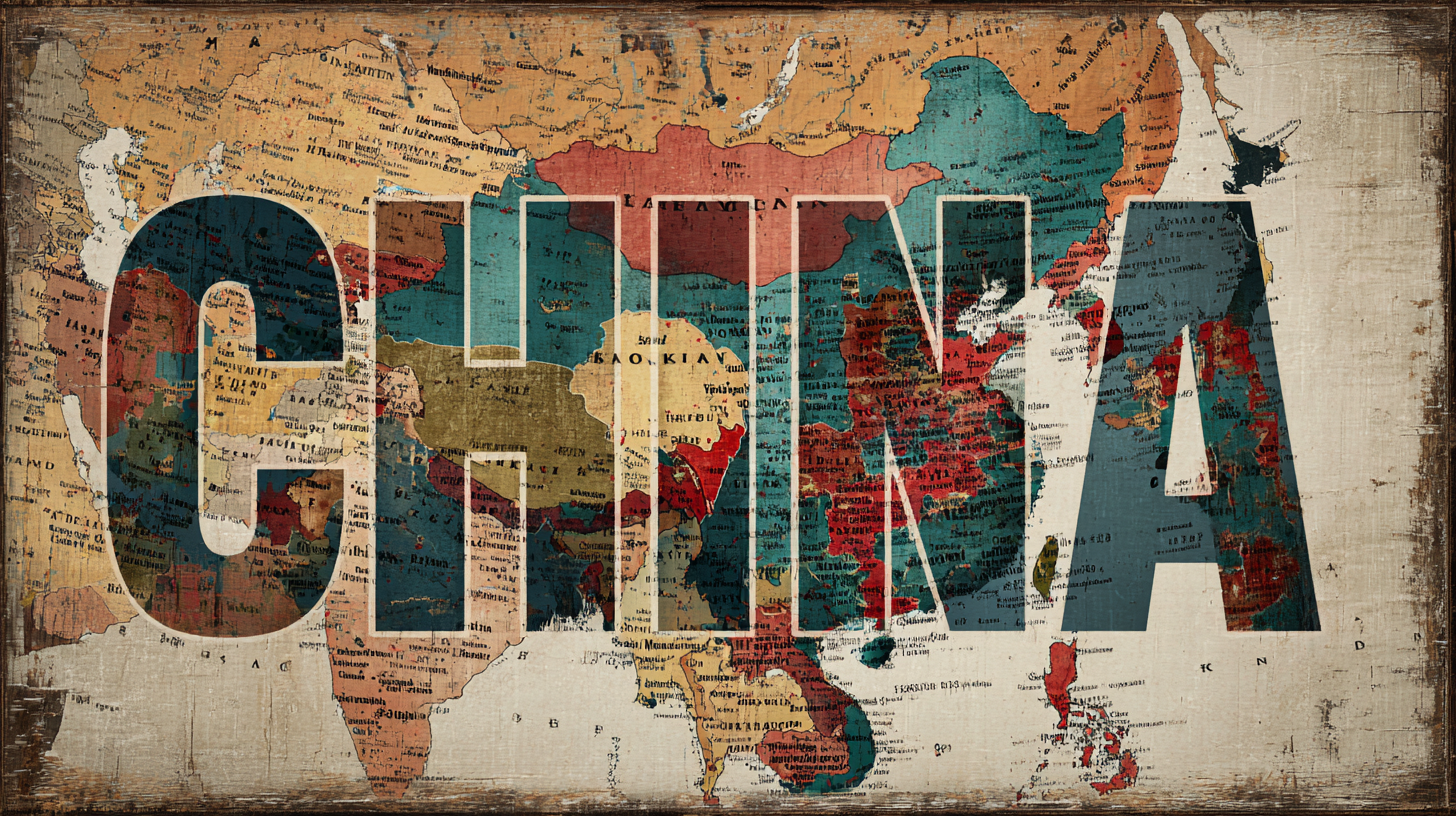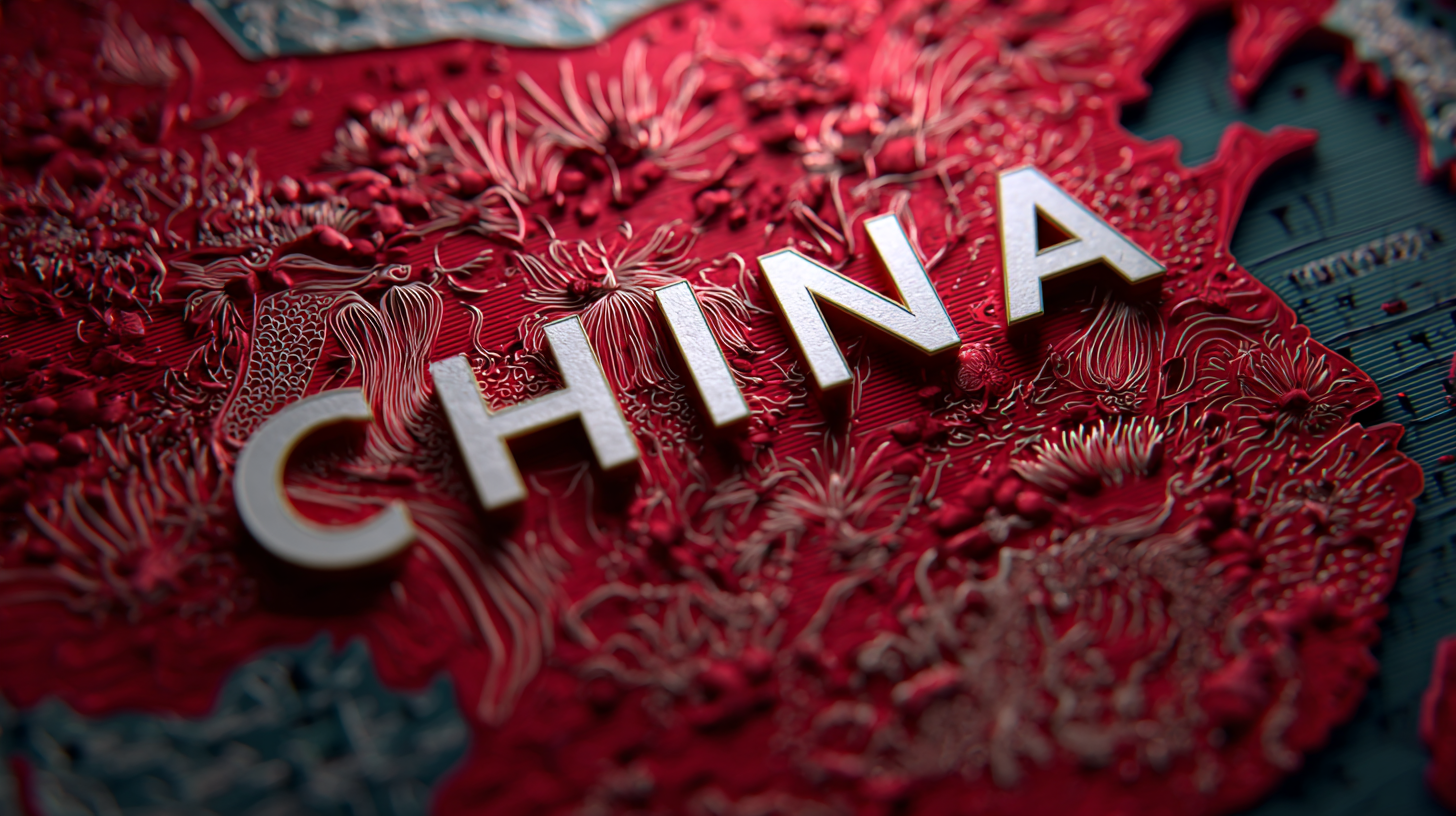


In today's global marketplace, sourcing products from reliable manufacturers is crucial for businesses looking to maintain competitiveness and efficiency. China, as a leading manufacturing hub, offers a vast array of suppliers that can cater to diverse needs across various industries. However, identifying the best China manufacturers for your global sourcing needs can be a daunting task, given the multitude of options available. It is essential to understand the benefits of selecting reputable manufacturers, such as cost-effectiveness, high-quality production, and the ability to scale operations to meet demand. This blog will guide you through the key factors to consider when evaluating potential suppliers in China, ensuring that your sourcing strategy not only enhances your product offerings but also supports your overall business objectives.

As global sourcing strategies evolve, understanding the key industry trends that will shape China’s manufacturing landscape by 2025 is crucial for businesses looking to thrive. One significant trend is the increasing integration of advanced technologies such as artificial intelligence and automation. These innovations are not only enhancing production efficiency but also improving quality control, enabling manufacturers to respond swiftly to market demands and changing consumer preferences. Businesses that align with tech-savvy manufacturers will be better positioned to leverage these advancements for competitive advantage.
Moreover, sustainability is becoming a pivotal focus within China’s manufacturing sector. As environmental regulations tighten and consumer awareness rises, manufacturers are adopting greener practices to reduce their carbon footprint. This shift towards sustainable manufacturing not only meets regulatory demands but also caters to a growing segment of environmentally conscious consumers. Companies aiming to source from China would benefit from identifying manufacturers that prioritize sustainability, as this alignment can significantly enhance brand reputation and appeal in the global market.

The rapid growth of the China skincare market presents significant opportunities and challenges for global sourcing. Analyzing the market's current size and share reveals essential insights into consumer preferences, particularly in product categories such as creams, lotions, powders, and sprays. By understanding these dynamics, businesses can identify the top manufacturers that align with their sourcing needs. The varying packaging types—ranging from tubes to jars—also indicate the innovation and adaptability of Chinese manufacturers in meeting global demand.
Furthermore, the analysis extends to the broader implications of recent global trade policies, including the effects of tariffs. President Trump's trade measures have significantly impacted the cost structures and operational strategies of manufacturers, forcing many to reevaluate their production and sourcing practices. This necessitates a deeper understanding of not just the manufacturers’ market shares but also their global competitiveness and reliance on foreign inputs. As the industry navigates these challenges, identifying reliable and innovative manufacturing partners in China becomes crucial for sustaining growth and maintaining a competitive edge.

In today's competitive landscape, evaluating technological advancements is crucial for enhancing manufacturing efficiency and productivity when sourcing from China. According to a recent report by McKinsey & Company, companies adopting Industry 4.0 technologies such as IoT and AI have seen productivity boosts of up to 30%. This shift is not only changing production processes but also transforming supply chain management, making it easier to identify and collaborate with the best manufacturers.
Tips for assessing technological capabilities include visiting potential manufacturers to view their production facilities firsthand and inquiring about their investment in automation technologies. Engaging with industry-specific statistics can also provide clarity; for example, a Deloitte report highlights that manufacturers utilizing advanced analytics are three times more likely to report significant improvements in operational efficiency.
Additionally, having a keen eye on manufacturers’ R&D investments is paramount. A study by the China National Development and Reform Commission indicates that manufacturers who invest over 5% of their revenue in R&D maintain a competitive edge in both innovation and quality. Therefore, ensuring your selected partners not only have the latest technologies but also a commitment to ongoing improvement is essential for successful global sourcing.
Identifying high-quality manufacturers in China is crucial for global sourcing, and assessing quality standards and compliance metrics is a fundamental step in this process. When evaluating potential suppliers, companies should prioritize manufacturers who adhere to internationally recognized quality standards such as ISO 9001. This certification indicates that a company maintains effective quality management systems, which are essential for consistent product quality. Furthermore, consider suppliers with certifications relevant to specific industries, such as ISO 13485 for medical devices or IATF 16949 for automotive parts, which demonstrate a commitment to meeting stringent regulatory and customer requirements.
In addition to quality certifications, compliance metrics play a vital role in ensuring that manufacturers meet both domestic and international regulations. Conducting audits, both announced and unannounced, enables companies to get an accurate picture of a factory’s operational compliance. A thorough review of compliance metrics should also include labor practices, environmental impact assessments, and sustainability initiatives. By focusing on these aspects, businesses can mitigate risks and foster long-term partnerships with suppliers who not only deliver quality products but also align with ethical and legal standards critical in today’s global market.
| Manufacturer Type | Quality Certification | Compliance Metrics | Delivery Timeline (Days) | Minimum Order Quantity |
|---|---|---|---|---|
| Electronics Manufacturer | ISO 9001 | 98% Compliance Rate | 30 | 100 units |
| Textile Manufacturer | Oeko-Tex Standard 100 | 95% Compliance Rate | 45 | 200 units |
| Furniture Manufacturer | FSC Certified | 97% Compliance Rate | 60 | 50 units |
| Toys Manufacturer | ASTM F963 | 96% Compliance Rate | 50 | 300 units |
| Automotive Parts Manufacturer | ISO/TS 16949 | 99% Compliance Rate | 90 | 150 units |
Sustainable practices are becoming increasingly pivotal in China’s manufacturing sector, particularly as global businesses prioritize environmentally responsible sourcing. According to a report by McKinsey & Company, nearly 65% of consumers across the globe are willing to pay more for sustainable products, indicating a significant shift in market demand. This trend pushes Chinese manufacturers to adopt greener technologies and sustainable practices—essential for enhancing their competitiveness in the global market.
Incorporating sustainability into manufacturing not only meets consumer expectations but also aligns with governmental policies aimed at reducing carbon emissions. A survey by the World Economic Forum revealed that manufacturers who adopt sustainable practices tend to outperform their competitors in cost savings and operational efficiency. For instance, companies that invest in energy-efficient technologies can reduce their energy costs by up to 30%. As the landscape of global sourcing evolves, identifying manufacturers committed to sustainable practices will be crucial for businesses seeking to thrive and meet the expectations of eco-conscious consumers.